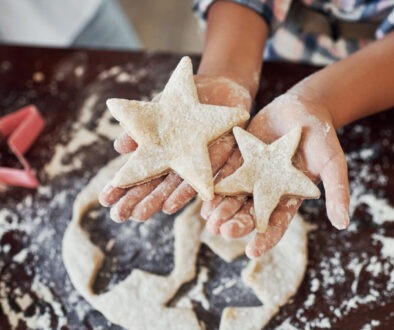Using Play to Help Children Express Big Feelings

Managing big emotions can be hard, even for adults! For young children, it’s even tougher because their brains are still developing and they may not yet have the words to explain what they feel. Frustration often shows up as anger, tantrums, or tears.
As loving caregivers, we can guide children toward self-regulation, the ability to manage emotions and recover after challenges. This skill is key to your child’s well-being now and in the future. Self-regulation is an important skill that helps children thrive in many areas of life. When children learn to manage their emotions, they are better able to focus and succeed in school. It also strengthens their relationships, as regulated children can play and connect more positively with others. Self-regulation encourages empathy by helping children understand their own emotions, which makes it easier for them to notice and care about the feelings of others. Finally, it builds resilience, allowing children to recover more quickly after outbursts and develop healthy ways to cope with challenges.
Here are Some Fun Ways to Explore Feelings
- Feelings Faces: Draw or use cards with happy, sad, angry, or scared faces. Ask, “Can you show me a time you felt like this?”
- Role Play: Use dolls, stuffed animals, or puppets to act out different emotions and talk about what helps each one feel better.
- Movement Games: Dance fast when you feel “excited,” slow when “calm,” or stomp feet when “angry”, then practice calming down together.
- Feelings Art: Give your child crayons or paint and ask them to draw how they’re feeling.
- Story Time: Read books about emotions and ask, “How do you think this character feels? What could help?”
Remember to stay calm yourself, praise effort, and practice daily. Your child won’t get it right every time, and that’s okay! With your support, they’ll learn healthy ways to understand and share their feelings.





